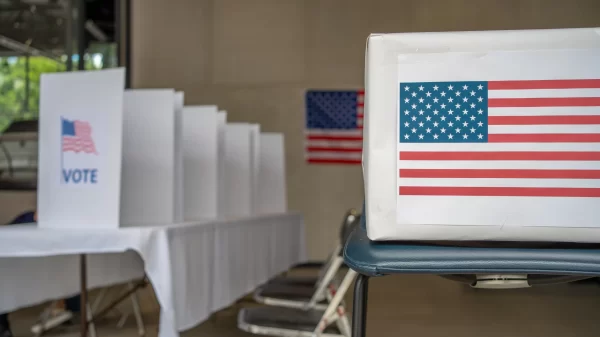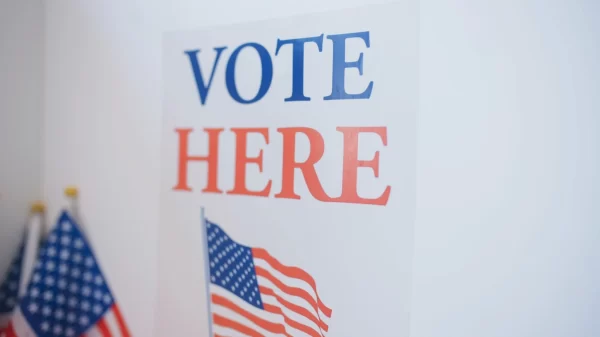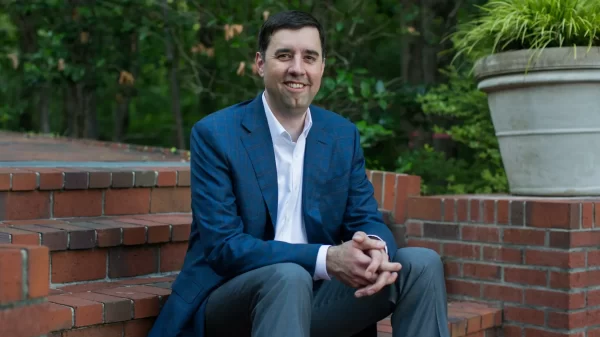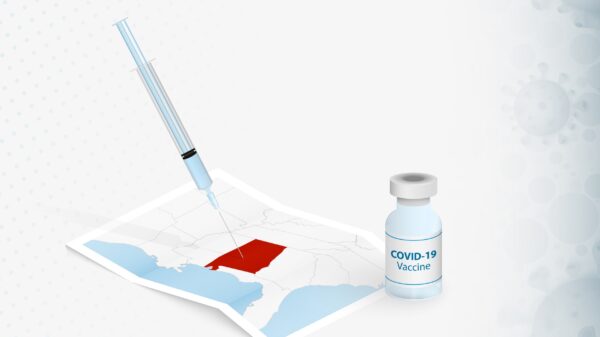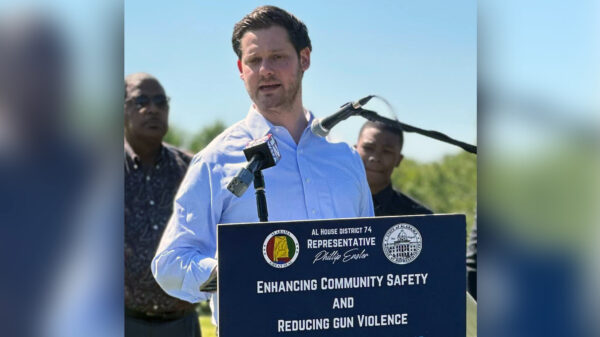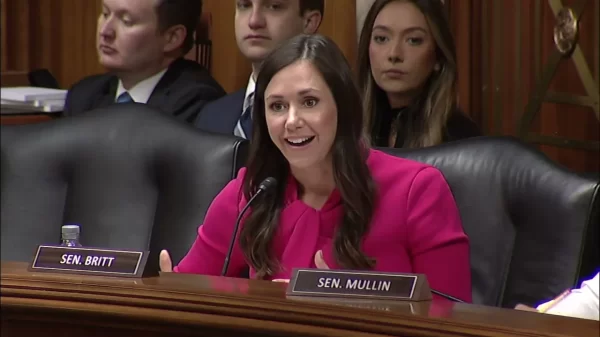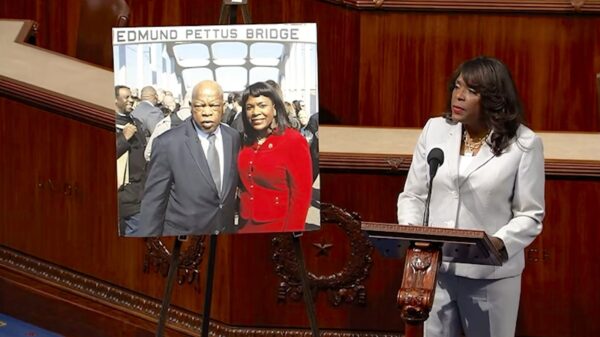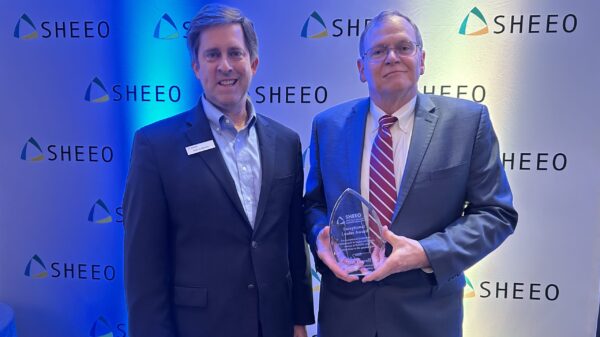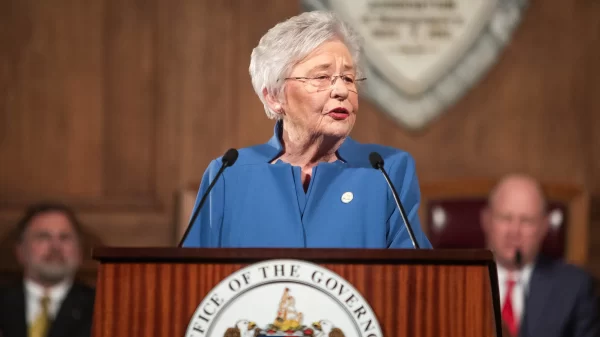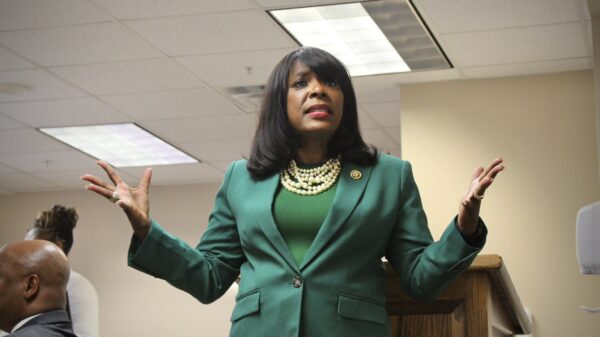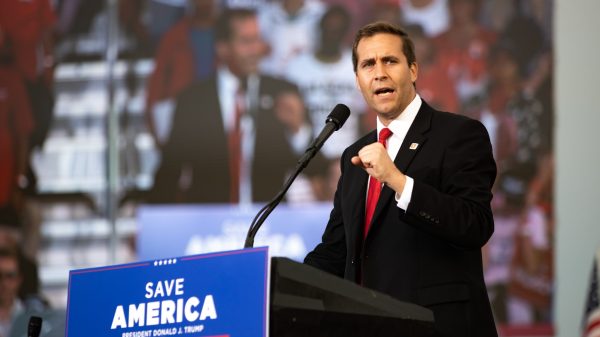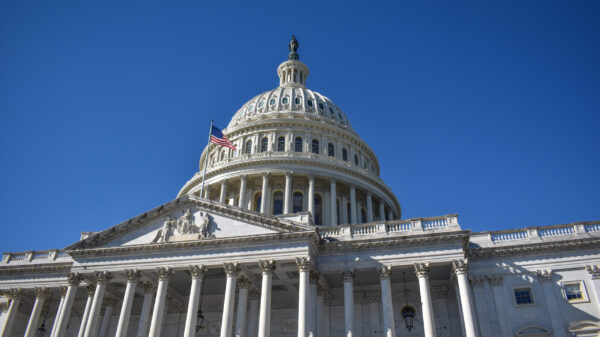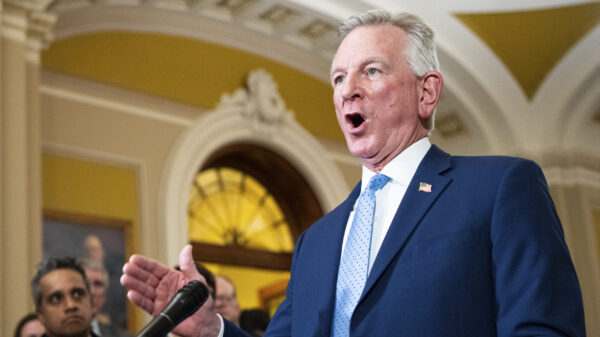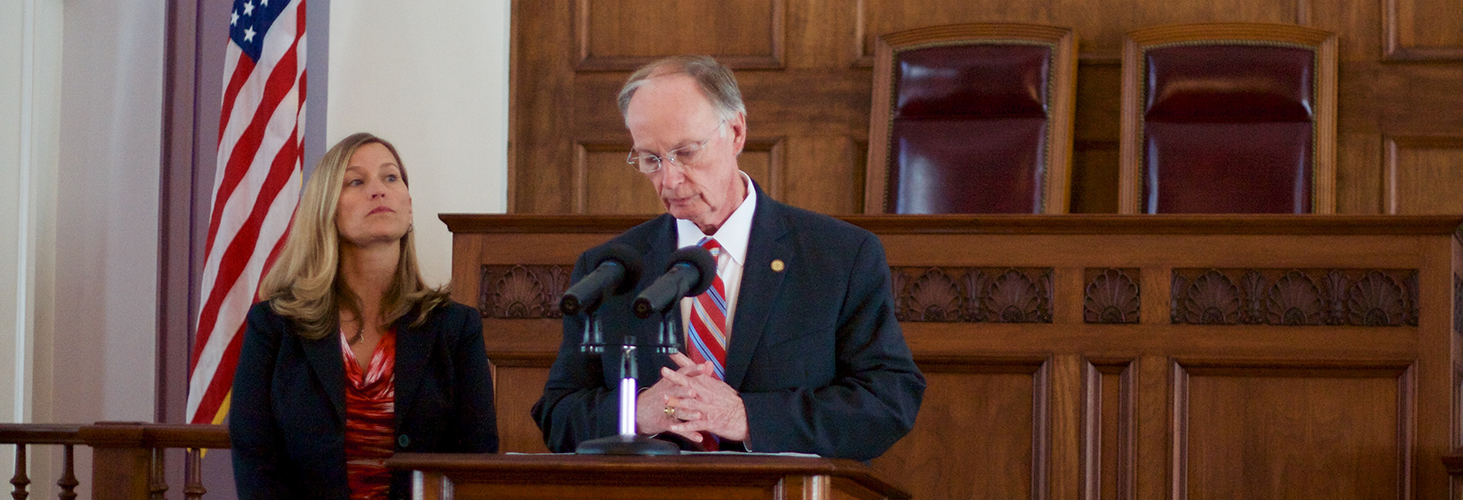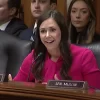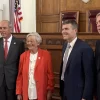By Chip Brownlee
The Alabama Political Reporter
MONTGOMERY—Alabama Gov. Robert Bentley today announced plans to end two months of budget cuts and reinstate a major $15 million segment of funding to primary care physicians by Oct. 1.
Bentley, along with Medicaid Commissioner Stephanie Azar, today announced the State would restore payments to primary care physicians through the Alabama Medicaid Agency to levels they were before the Agency cut them on Aug. 1.
“We are going to restore Oct. 1 $15 million to our primary care physicians in this state,” Bentley said today. “Our primary care physicians are the ones that are affected the most with Medicaid, because almost all of our primary care doctors take Medicaid. Some of them take it in large percentages.”
Earlier this month, the Legislature allocated millions of dollars from a settlement with oil giant BP in a Special Session to make up for an $85 million shortfall. With the new money, Azar said the state can afford to restore $15 million in funding for the bump.
“It will allow those providers to continue to pay their overhead and other necessary expenses, which is very important, because if they have to cut their staff, they won’t see our Medicaid patients quite as frequently or they may not even be able to receive our Medicaid recipients, which would be detrimental,” Azar said.
In July, the Agency announced it would be cutting more a program commonly referred to as the “The Bump,” a major provision of President Barack Obama’s Affordable Care Act enacted in 2013 that reimbursed primary care physicians at levels equivalent to Medicare.
The bump was required and funded by the ACA from 2013–2014, but the Medicaid Agency decided to extend the enhanced payments through the bump with State funds when full Federal funding for the program ended in December 2014.
Before the bump, doctors were paid far less for Medicaid patients than for Medicare patients. And in Alabama — where nearly one million people rely on Medicaid for health care and doctors for their businesses — the cuts severely hurt both providers and patients.
“We have over a million lives in Alabama on Medicaid programs, so it is very important that we are adequately able to reimburse our providers so that they will stay in the system so that we can give care to our recipients,” Azar said.
The cuts affected family practitioners, pediatricians, internists and general practitioners.
“(Doctors) have to run a business,” Bentley said. “A lot of people don’t think doctors have to run businesses, but they do. In order to run a business, you have to be paid a certain amount just to get by.”
The Agency said it originally cut the $15 million bump from the budget to save money and avoid a budget deficit after lawmakers failed to fully fund the Medicaid Agency by nearly $85 million for Fiscal Year 2017.
Azar and Bentley said the $15 million bump to primary physicians was the only program the Federal Centers for Medicaid and Medicare would allow the state to cut as a cost-saving measure.
“That’s what we had to do because we didn’t know what was going to happen,” Bentley said.
However, the cuts began Aug. 1 and lasted for the last two months of Fiscal Year 2016 — a year in which the Agency was fully funded, even if barely so.
Bentley and Azar both acknowledged the cuts forced providers across the state to lay off staff and cut services. And now, even with the new funding from the Special Session, Bentley said there are no plans to help doctors mitigate losses incurred during the cuts from Aug. 1–Sept. 30.
The restoration of the bump, however, should be a good thing for Bentley’s experimental Regional Care Organizations, Azar said.
“With the RCOs, we’re hopeful and optimistic in that transformation,” Azar said. “If we can keep the primary bump in place … then we may actually be able to increase access. So if we can keep that reimbursement, hopefully we’ll be able to provide more access in our managed-care system.”
But just last week, the Agency announced it would be delaying the implementation of those RCOs from their original Oct. 1, 2016, start date to a new start date of July 1, 2017.
The Agency first announced the delay in the spring following the first Regular Session when the Legislature left Medicaid with an $85 million shortfall.
Shortfalls in the General Fund because of increasing Medicaid Costs have become a common occurrence in state politics. Just last fall, Legislators struggled through a Regular Session and two Special Session to balance a $200 million shortfall.
Azar said she remains hopeful for Fiscal Year 2017, but some things have changed.
“With the $85 million that we were given, we’re going to do our best not to make any cuts and to move forward with our RCO implementation,” she said. “A few things have changed since we asked for the $785 million. We’ve got to refund the pharmacy tax, and we had some increases in Medicare Part B.”
Recent reports suggest the Agency may also be forced to refund the Federal government upwards up $96 million after an audit of two state-run Medicaid programs by the inspector general.
Medicaid officials said they believe they were running the programs correctly and will fight the federal government on the refund.
But even without owing the Federal government nearly $100 million and the influx of BP money, Azar said the Agency still expects a major shortfall for Fiscal Year 2018. She just said she’s happy it’s projected to be a $60–80 million shortfall, not $160 million.
“That’s how important that BP money was for Medicaid,” Azar said.
But $1 billion won’t last forever, even in Alabama.


